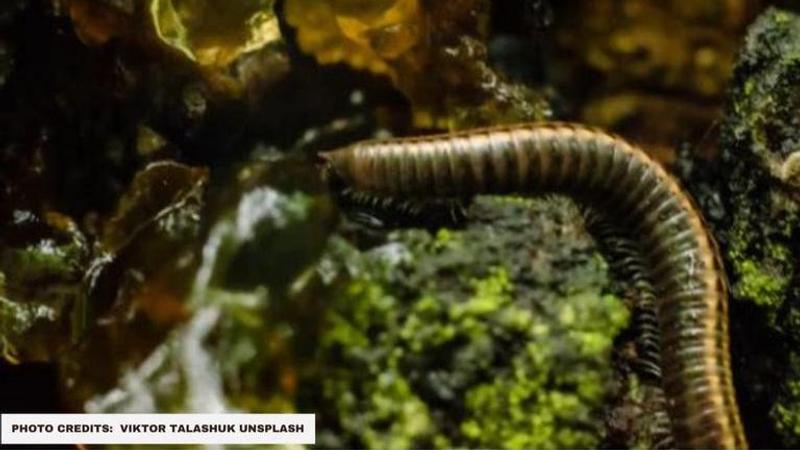Published 12:19 IST, January 27th 2021
20-mn-year-old tunnels found in ancient ocean floor came from 6-foot-long worms: Study
Mysterious and odd-shaped tunnels found in the ocean floor were made by 6 foot long worms millions of years ago. Read on to know more details.

Scientists in Taiwan recently found out what was responsible for the odd, L-shaped burrows in a set of rocks on the Pacific Ocean floor. The researchers found that 6 foot-long worms that lived 20 million years ago had created those mysterious tunnels in the ocean. According to a study published in Nature.com, it has been found that the authors figured out how the predators hunted and built their undersea lairs.
Researchers believe that carnivorous worms formed mysterious tunnels millions of years ago
The study published in the media portal suggests that the ancient marine worms would wait under the sand for unsuspecting prey. Reportedly, the worms would lay in there until a fish passed by, and then the worm would lunge out of its burrows, snag the fish in its maws and drag the prey under the seafloor. According to the study, collapsed sand around the tunnel mouths indicated the prey thrashed fiercely in the worm’s grip.
The studies also suggest that the ancient worms are the ancestors of what we today identify as bobbit worm. The media portal reveals that the modern-day bobbit worm catches its prey in the same way. Ludvig Löwemark, a geoscientist from National Taiwan University in Taipei and one of the study's co-authors, told Insider that the predatory worms have been around for hundreds of millions of years.
Ludwig further told the portal that despite its existence for millions of years, this is the first time they can actually see evidence of a behaviour similar to the modern bobbit worms. The burrows in sandstone rock layers in northeastern Taiwan were found by Ludvig Löwemark’s group eight years ago.
According to the studies, the rock formed between 5.3 and 23 million years ago today. Reportedly, the era was called the Miocene. The researchers had collected hundreds of burrow samples from Taiwan’s Yehiliu Geopark and Badouzi coast. Then those samples were used to identify characteristics of trace fossils of the prehistoric worms’ tunnels.
A trace fossil is a geological formation left by an animal that does not include remains of the animal itself. The studies show that Lowemark and his colleagues believe that the particular worms who built the borrows either died or simply abandoned the burrows. The researchers reveal that the chance of finding a fossilized worm is almost negligible.
Read Also | Milind Soman Replies To Fan Who Asks Him To Recreate Beach Running Picture In Cold Weather
Updated 12:19 IST, January 27th 2021



